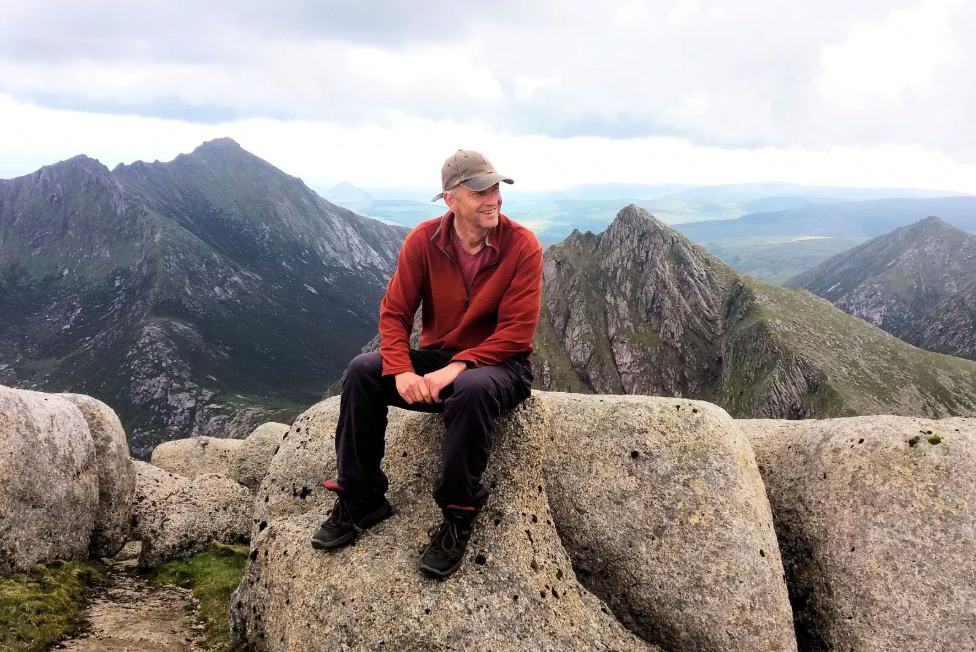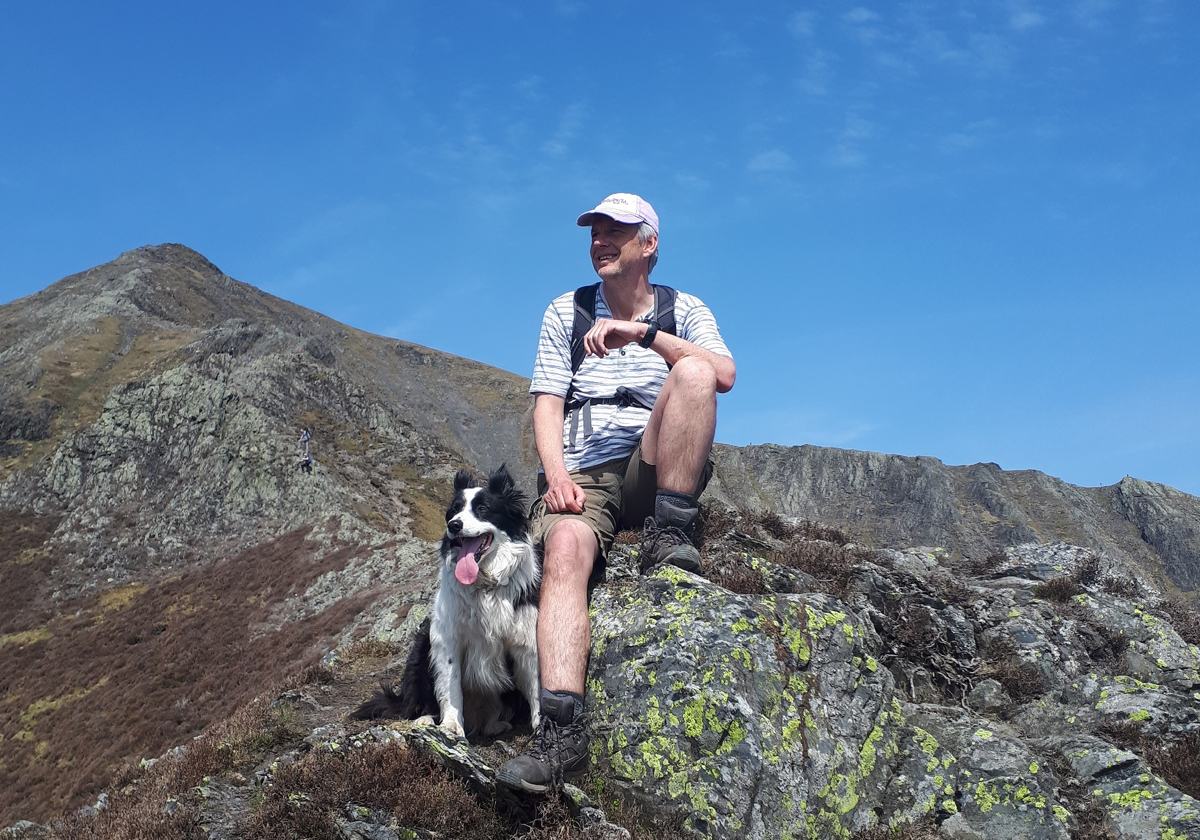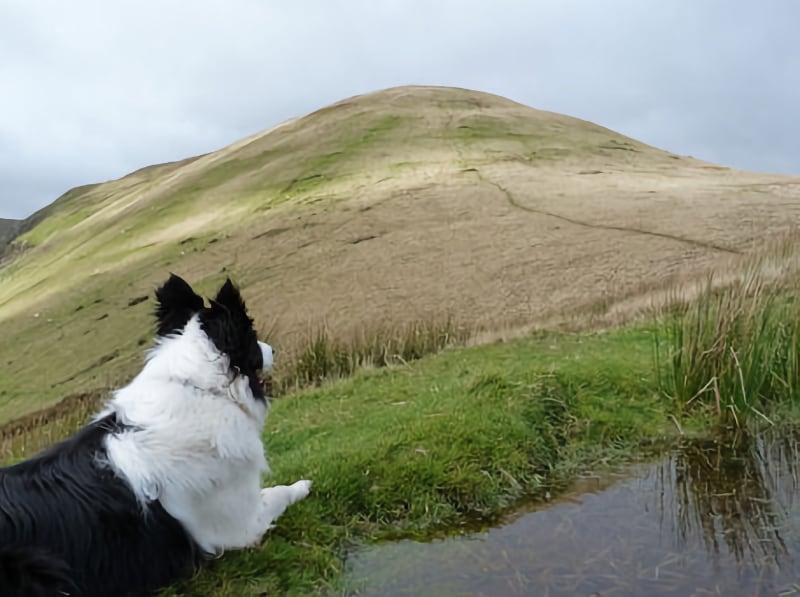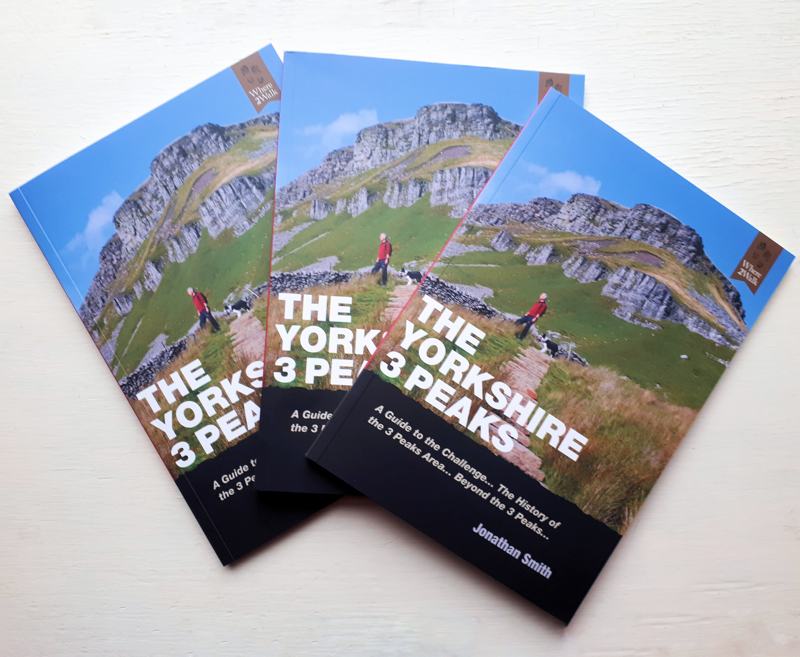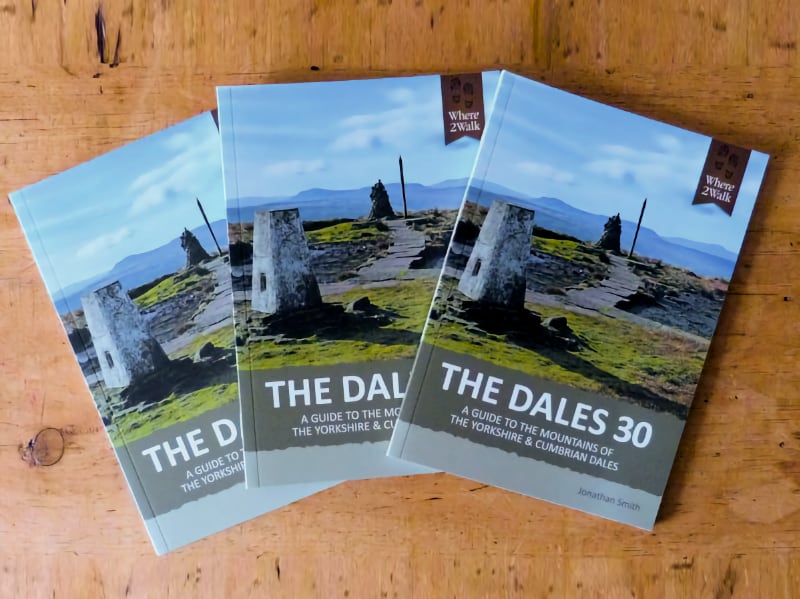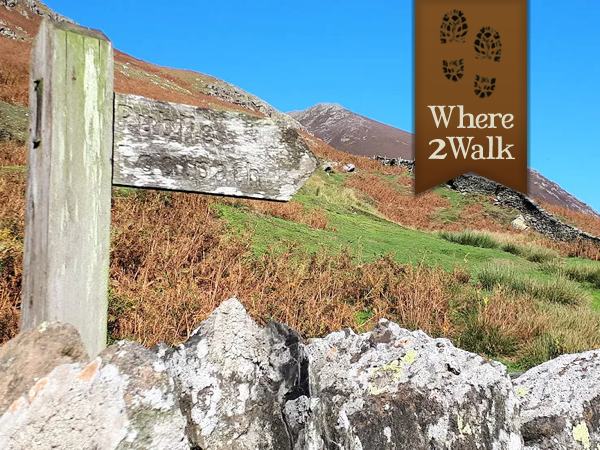TOG caught up with passionate outdoor advocate Jonathan Smith who offers walking holidays, navigation courses and guiding in the Lake District, Yorkshire Dales and North York Moors through his business Where2Walk.
We asked him about his career and his love of the outdoors.
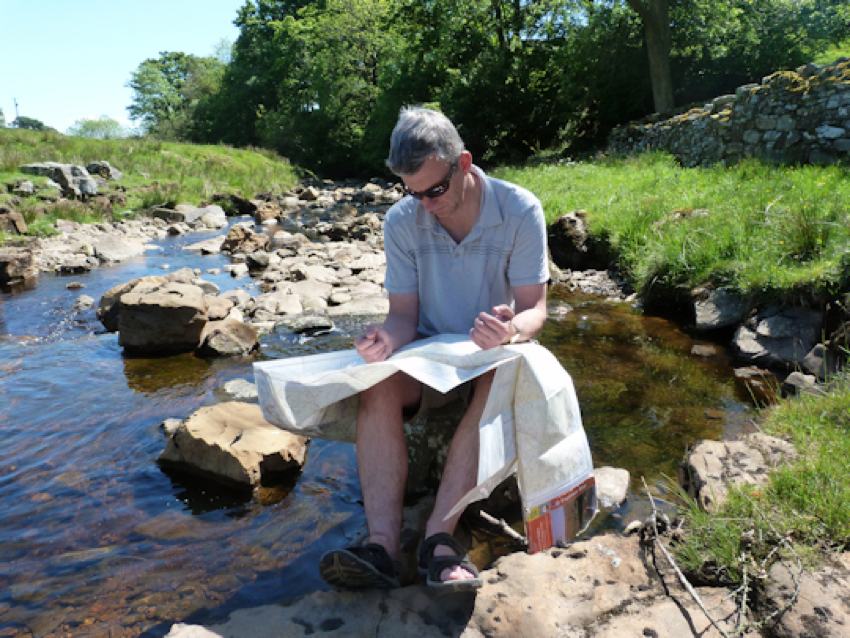
How did you become involved in living a life outdoors?
A combination of desire and opportunity. The desire came from a love of walking. I had already completed the Munros (and Tops), Wainwrights and become a Mountain Leader and overall enjoyed being out walking in new areas or old favourites. The opportunity came ten years ago when I was made redundant from my office job, running a large holiday rentals company. I felt a combination of passion for the outdoors and a certain marketing knowledge could lead to an outdoor business. My hobby became my job. The result was Where2walk.
What is it about walking that appeals to you?
Challenging myself. Whether that involves exploring new areas on my own or leading groups or training individual walkers, the challenge is there. I love seeing others enjoy a walk or become enthused after a training course. However, I also get a lot of satisfaction in pushing myself. Last year I did a 50k walk, this year I am looking at a 100k. Sometimes, though, the enjoyment simply comes from a walk in good weather up an old favourite. I climb Blencathra via Halls Fell once a year. It’s a day I always look forward to.
How do navigation skills add to the experience of being outdoors?
One of the main reasons people don’t go to the outdoors is that they have no confidence. They are scared of getting lost, being confronted by angry farmers/locals and generally not knowing what they are getting themselves in to. However, having the navigation skills takes away all these fears. The outdoors becomes a friendly not a scary place. Being able to navigate adds to the whole walking experience, both planning a walk and when you are on it.
Our own AccessTOG Director Debbie has designs on Mist! Who wouldn’t want to walk with a dog? You’ll find plenty of ideas for dog-friendly walks here.
What is special about Ordnance Survey mapping?
Detail and scale. I enjoy the intricate lines of boundaries, contours and quirky little buildings on O.S. maps. The closer you look at a map, the more there is to see. ‘I never knew there was so much’ is a regular refrain from those I train on navigation courses. Most importantly, I can now look at the map of the area I am walking in and gain a good picture in my mind f what it is going to be like.
Do you use paper maps or mapping software?
I actually have both but only use a phone or gps to pinpoint my exact position if I am unsure exactly where I am (which of course never happens!). Walking on a prescribed route via a phone is so much more restrictive (a route march) with the small screen giving no sense of perspective. I use a paper map much more.
What I love about paper maps is the size of them as they offer a proper feel for the area I am walking in. They give options to vary the route, spot interesting things off-route and give a much more rounded feel to the area I am walking in. They are also great for planning a walk. I am one of those individuals who spread their maps over the floor to start planning walks. They add considerably to the enjoyment of a walk and the area I am walking in.
What can people learn on your 1-day courses?
I have been running Beginner and Intermediate courses for nearly ten years; the Beginners’ course is mainly about walking on paths, the Intermediate is more off paths, cloud and featureless ground. However, each course is different and the maximum size of seven enables the course to become very bespoke, depending on the abilities of each individual in the group. It is not just the technicalities of map and compass work, although that is part of it, the success of the course is down to the individual having the skills’ confidence to go a little further and enjoy their walking more.
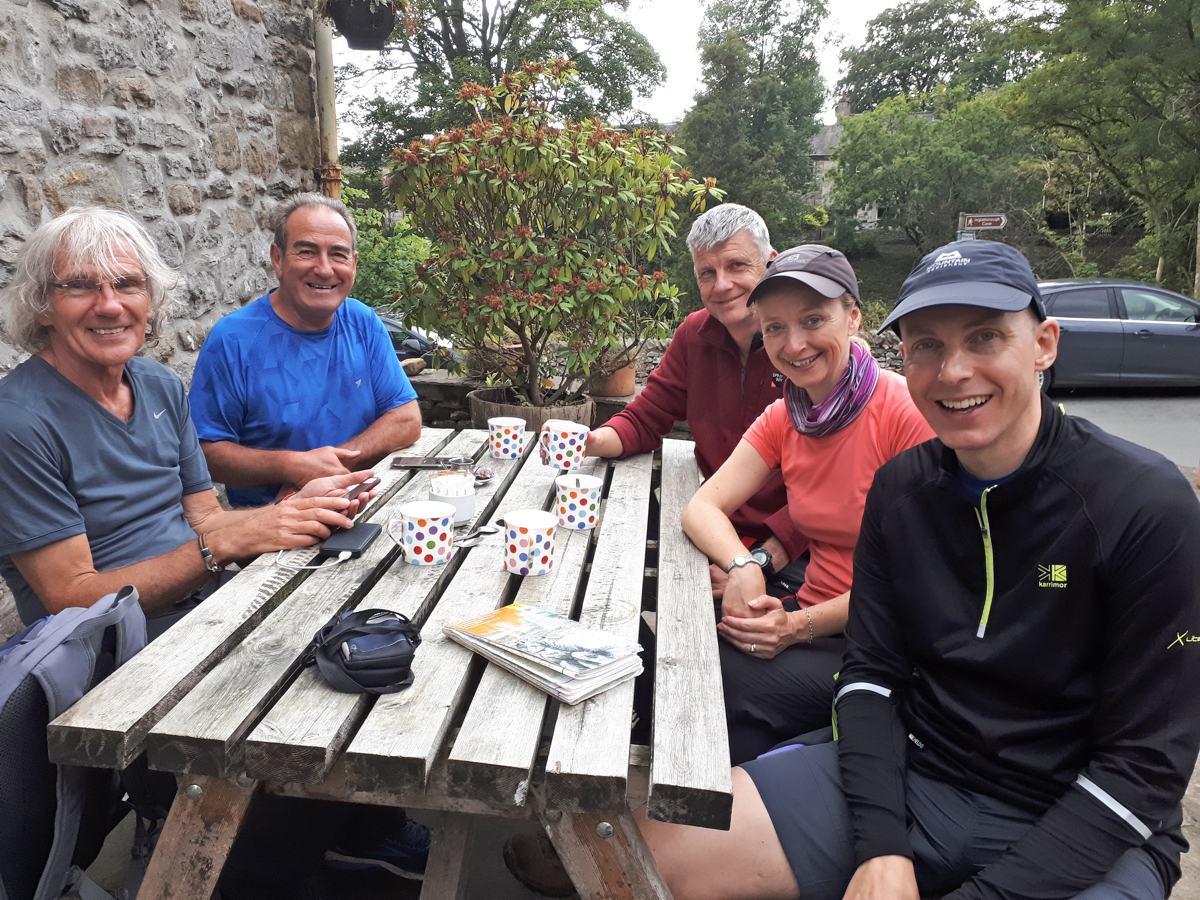
What’s special about your navigation training weekends?
We hold a number of weekend courses in the Dales and the Lake District. I used to call them ‘Learn a Skill, Climb a Hill’ for a reason. On the second day, I want the group to plan a walk up one of the nearby mountains and then, between them, lead the group up. At the end of the weekend, I hope the group feels they have really achieved something. The other aspect of the weekend is we have a social Saturday night, nothing like a group of like-minded walkers getting together to discuss all things outdoors.
Jonathan has written two books on the Yorkshire Dales. A brand new book on the Yorkshire 3 Peaks accompanies the very popular Dales 30 book.

